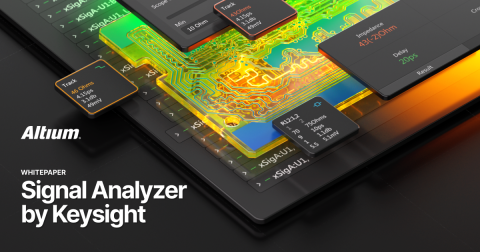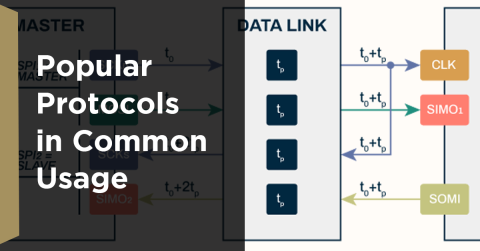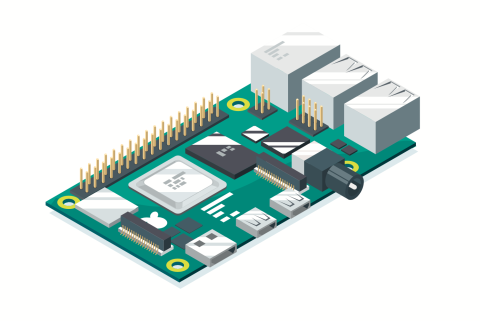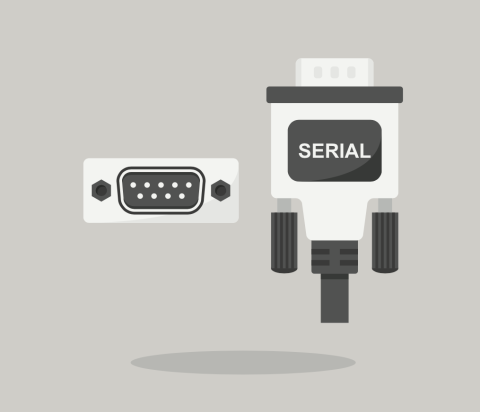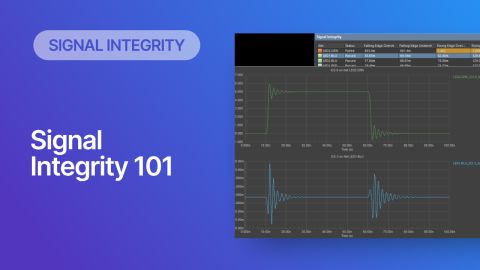Enhancing Signal Integrity in PCB Design: Key Considerations and Strategies

In high-speed printed circuit board (PCB) design, ensuring signal integrity is crucial to achieve reliable and efficient performance. Signal integrity refers to the preservation of the quality of electrical signals as they travel through the PCB, free from distortion and noise. Several factors influence signal integrity, including via design, ground plane strategies, and design for manufacturability (DFM). This article explores these critical aspects, providing insights and examples to help PCB designers optimize their designs for superior signal integrity.
Understanding Vias and Their Effect on Signal Integrity
Vias are essential components in PCB design, providing electrical connections between different layers of a multilayer board. They come in various types, such as through-hole vias, blind vias, and buried vias, each serving specific purposes. However,, while vias are crucial for creating complex interconnections, they can significantly impact signal integrity if not designed correctly.
Impact of Via Inductance and Capacitance
Vias introduce parasitic inductance and capacitance into the PCB layout. Via inductance can cause signal reflections and degradation, particularly at high frequencies. For instance, in high-speed digital designs, via inductance can lead to signal overshoot or ringing, adversely affecting the performance of data transmission. Similarly, via capacitance can create impedance mismatches, further contributing to signal distortion. For example, consider a high-speed data line operating at 10 Gbps. If the vias on this line are not optimized, the parasitic inductance and capacitance can cause significant signal degradation, leading to data errors and reduced transmission efficiency.
Strategies for Via Optimization
To mitigate the adverse effects of vias on signal integrity, designers can employ several optimization strategies:
- Minimize Via Count: Reduce the number of vias on high-speed signal paths to minimize parasitic effects.
- Use Microvias: Microvias have lower parasitic inductance and capacitance compared to traditional through-hole vias.
- Via Stubs Removal: Remove via stubs or keep them as short as possible to reduce signal reflections.
- Optimized Via Placement: Place vias symmetrically and close to the ground planes to minimize inductance and capacitance.

Various types of vias can be defined in the Via Types tab of the Altium Designer Layer Stack Manager
Ground Plane Strategies for High-Speed PCBs
Ground planes play a crucial role in maintaining signal integrity in high-speed PCBs. They provide a return path for signals, reducing electromagnetic interference (EMI) and ensuring consistent signal performance. A well-designed ground plane can significantly enhance the overall performance of the PCB.
Effective ground plane design involves several techniques:
- Continuous Ground Plane: Reduce the number of vias on high-speed signal paths to minimize parasitic effects.
- Multi-Layer Ground Planes: Use multiple ground planes in multilayer PCBs to reduce ground bounce and improve signal integrity.
- Proper Ground Plane Segmentation: Avoid segmenting the ground plane unnecessarily, as this can create impedance discontinuities and signal reflections.
For instance, in a high-frequency RF design, a continuous ground plane beneath the RF signal traces can help maintain signal integrity by providing a stable return path and minimizing noise.
Creating Internal Plane layers using Altium Designer’s Layer Stack Manager
Design for Manufacturability (DFM) and Signal Integrity
Design for manufacturability (DFM) is a critical aspect of PCB design, ensuring that the board can be produced efficiently and cost-effectively while maintaining signal integrity. Here are three key DFM considerations specific to high-speed PCBs:
Collaboration with Manufacturers
Early and ongoing collaboration with PCB manufacturers is crucial to the success of any high-speed PCB design project. This partnership ensures that the design aligns with the manufacturing capabilities and constraints of the manufacturer, preventing costly redesigns and production delays. Here’s why this collaboration is so vital:
- Design Feasibility: Manufacturers can provide insights into what is feasible based on their equipment and processes. This helps in aligning the design with practical manufacturing capabilities.
- Cost Efficiency: By understanding manufacturing constraints and capabilities early, designers can make informed decisions that optimize costs. For instance, certain design features might be more expensive or time-consuming to produce.
- Quality Assurance: Manufacturers can offer feedback on design choices that might impact the reliability and performance of the PCB, ensuring that the end product meets quality standards.
- Prototyping and Testing: Close collaboration allows for quicker iterations during prototyping and testing phases. Manufacturers can provide immediate feedback on prototype builds, enabling faster design refinements.
- Compliance and Standards: Manufacturers can ensure that the design complies with industry standards and regulations, which is crucial for product certification and market acceptance.

Altium 365 Manufacturing Portal
Aspect Ratio of Vias
The aspect ratio of vias is the ratio of the via's length (or depth) to its diameter. This ratio is critical for ensuring the manufacturability and reliability of the vias, especially in high-speed designs where vias must maintain low parasitic inductance and capacitance.
Why It's Important:
- Manufacturability: High aspect ratios can be difficult to manufacture reliably, leading to potential defects such as incomplete plating or voids.
- Signal Integrity: Vias with appropriate aspect ratios minimize parasitic effects, which can otherwise introduce signal integrity issues like reflections and crosstalk.
Implementation:
- Optimal Aspect Ratios: Keep the via aspect ratio within the manufacturer's capabilities, typically around 10:1 or less. For instance, a via depth of 1 mm should have a diameter of at least 0.1 mm.
- Via Types: Use microvias or buried vias where high aspect ratios are unavoidable. Microvias have lower parasitic effects and are easier to manufacture at small scales.
For example, in a multi-layer high-speed PCB, using microvias with a lower aspect ratio can reduce inductance and capacitance, improving signal integrity.
Stack-Up Design
The stack-up design refers to the arrangement of the various layers of the PCB, including signal layers, power planes, and ground planes. An optimized stack-up is crucial for supporting high-speed signals and reducing crosstalk between traces.
Why It's Important:
- Signal Integrity: Proper stack-up design ensures that signal traces have appropriate reference planes, minimizing signal loss and maintaining signal integrity.
- Crosstalk Reduction: A well-designed stack-up can effectively isolate signal layers, reducing electromagnetic interference (EMI) and crosstalk between adjacent signal traces.
Implementation:
- Layer Arrangement: Place signal layers adjacent to continuous ground or power planes to provide a stable return path for high-speed signals.
- Ground Planes: Use multiple ground planes in the stack-up to reduce ground bounce and provide robust EMI shielding.
- Symmetry: Design the stack-up symmetrically to prevent warping during manufacturing.
For instance, in a high-speed PCB for a data communication device, a typical stack-up might include alternating signal and ground layers, ensuring each signal layer is closely coupled with a reference plane to minimize crosstalk and maintain signal integrity.
Conclusion
Achieving and maintaining signal integrity in high-speed PCB design requires a comprehensive approach encompassing via design, ground plane strategies, and DFM considerations. By understanding the impact of each element and employing best practices, designers can create reliable and high-performance PCBs that meet the demands of modern electronic applications.
The upcoming Signal Analyzer By Keysight, integrated into Altium Designer, will be invaluable for addressing signal integrity issues. This tool will enhance designers' capabilities by providing advanced analysis and simulation features within the Altium environment. It will enable detailed signal integrity assessments, early issue identification, and effective solutions, ensuring optimal performance. The seamless integration will streamline workflow, making it easier to maintain signal integrity while meeting design and manufacturability requirements. This collaboration marks a significant step forward in achieving superior signal integrity in high-speed PCB design.

